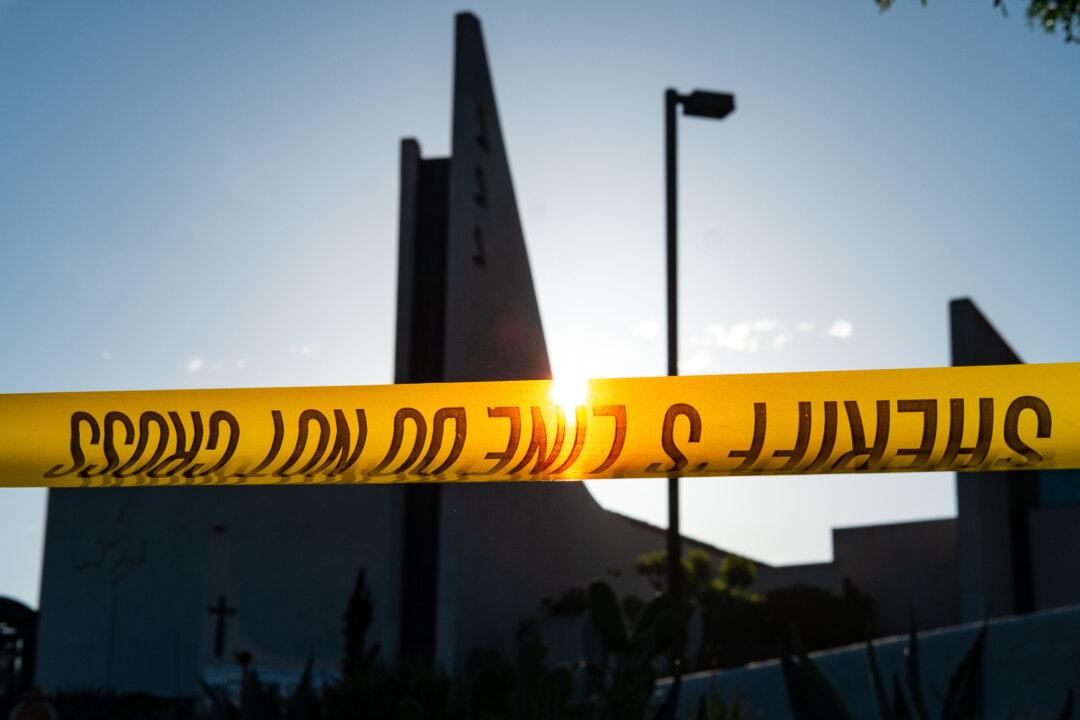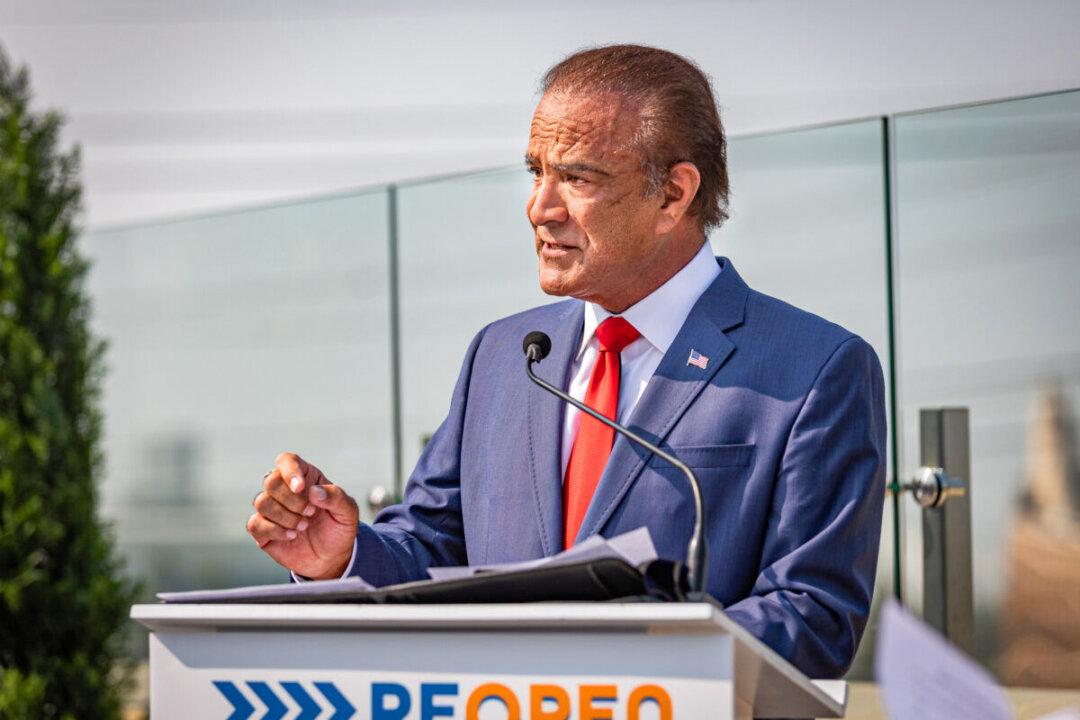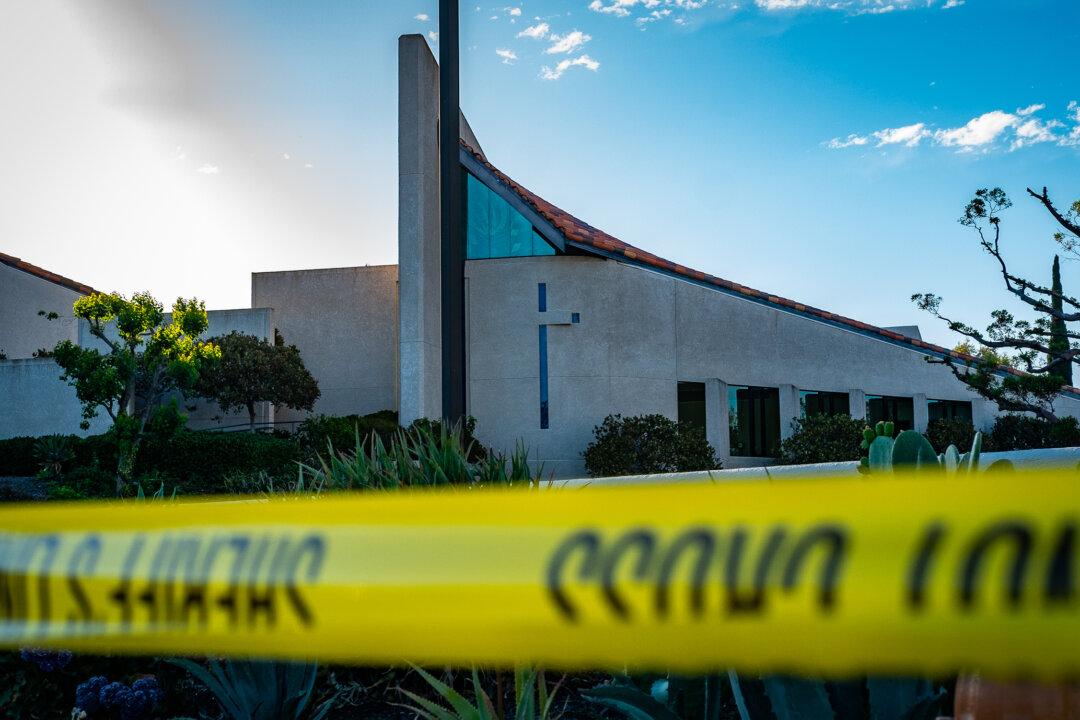Rolling blackouts throughout California are likely this summer due to a fragile power grid coupled with rising temperatures, an industry expert says.
“Given the path that this state set itself on more than a decade ago, we can expect plenty of rolling blackouts,” Californians for Green Nuclear Power legal assistant Gene Nelson told The Epoch Times. “The direction that the state has gone is absolutely contrary to rational grid design.”




